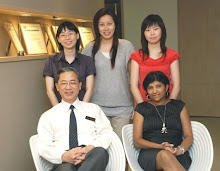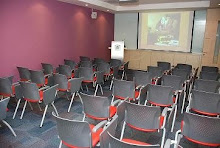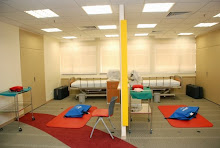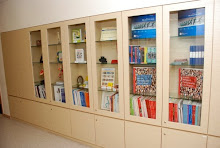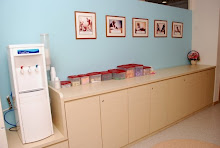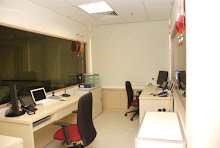
Simulation is a method of training (or research) that attempts to create a realistic experience in a controlled environment. The earliest practical use of simulation was in the construction of physical models of real objects. The purpose then was to permit the designer to test specific aspects of the object the he wanted to build on the replica. Such an approach helps him to avoid mistakes and reduce wastage in the construction of the real object. In using simulation for educational purposes, the educationist is more interested with its use in the study of social and psychological processes.
In Medicine, simulation refers to the manipulation of an operating model, often the human body in part or in whole. In early medical education, simulations typically represent physiological or manual processes and clinical experiences (e.g. muscle or respiratory physiology, childbirth, etc.). In recent years, computer-based simulations of clinical experiences have shifted the focus from text-oriented presentations to multimedia-based systems. Nowadays patient simulators come as mannequins that represent human beings both in the anatomical form as well as in physiological responses. They are also equipped with biofeedback systems so that they can respond to interventions with drugs and therapeutic procedures.
In medical simulation, the term "model" refers to an operating system that functions as a scientific tool. To represent the human physiology and reproduce biological processes in action, the operating model is capable of continuously providing information about the patient's changing physiological status in real time, as well as the changing dynamics of interaction between the patient and the varous players in the clinical environment.
In a patient simulation exercise, the essential information about the patient's changing status is presented to the participants of the exericse (a) acoustically, (b) pictorially (c) electronically and (d) experientially.The simplest patient complaints (e.g. groan in pain) may be generated acoustically in the mannequin itself. Rapidly changing physiological parameters are however shown electronically on the patient monitor. The participants in a simulation exercise are likely to request information on the patient's biochemistry profile as they do in real life. In such situations, the information can be delivered via a telephone line to the simulation room. ECG and xray images may be handed over the participants manually on request. The preferred mode of operational information delivery is really a function of the level of reality desired by the trainer for the simulation exercise concerned. More often than not, the exercise is enriched by the addition of various social information, such as from a distressed relative, a distracting press reporter or a difficult colleague.


